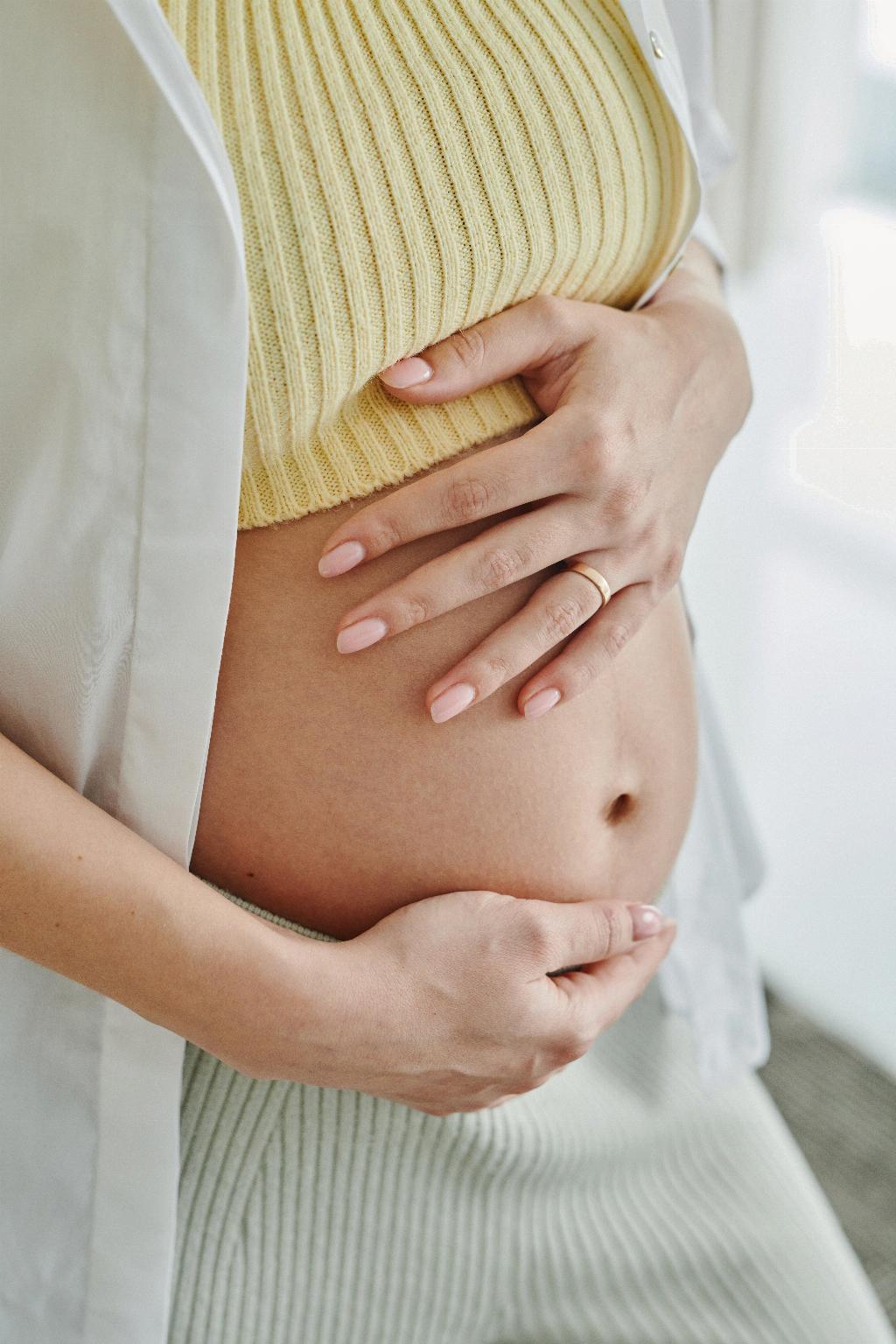When it comes to the heartbreaking topic of miscarriage, it’s essential to approach it with sensitivity and understanding. One common question that many individuals have is: How long after cramping does a miscarriage typically start?
Based on available data and experiences shared by individuals who have gone through miscarriages, it’s important to note that the timeline can vary. While some may begin to experience pain and bleeding immediately after cramping, for others, there could be a delay of 2-3 days or even longer before the process begins.
For the majority of women, the onset of bleeding occurs within the first 24 hours following cramping. This bleeding, accompanied by pain, may persist for 1-2 days before the miscarriage is completed. During this period, the physical and emotional toll can be significant, underscoring the need for compassion and support.
After the completion of the miscarriage, individuals often continue to experience period-like bleeding for the subsequent two weeks. This extended duration of bleeding serves as a reminder of the profound impact that miscarriage can have on both the body and the mind.
It’s crucial to emphasize that each person’s experience with miscarriage is unique. Factors such as individual physiology, emotional resilience, and support systems play a significant role in shaping the overall journey through such a challenging time.
Managing the physical and emotional aspects of miscarriage requires a holistic approach. Seeking medical guidance and emotional support from loved ones and professionals can help navigate the complexities of this difficult experience.
While the timeframe following cramping can provide some insights into when a miscarriage may start, it’s essential to remember that every individual’s body responds differently to such traumatic events. Therefore, being attuned to one’s body and emotions is paramount in the healing process.
Moreover, the grieving process following a miscarriage is deeply personal and can vary in intensity and duration from one person to another. It’s vital to allow oneself the time and space needed to process these emotions and seek help if the burden becomes overwhelming.
Through open communication, sharing experiences, and offering support without judgment, we can create a more compassionate and understanding environment for those navigating the challenges of miscarriage.
Remember, it’s okay to seek help and lean on others for support during difficult times. You are not alone in your journey, and there are resources and individuals ready to offer assistance and guidance when needed.

